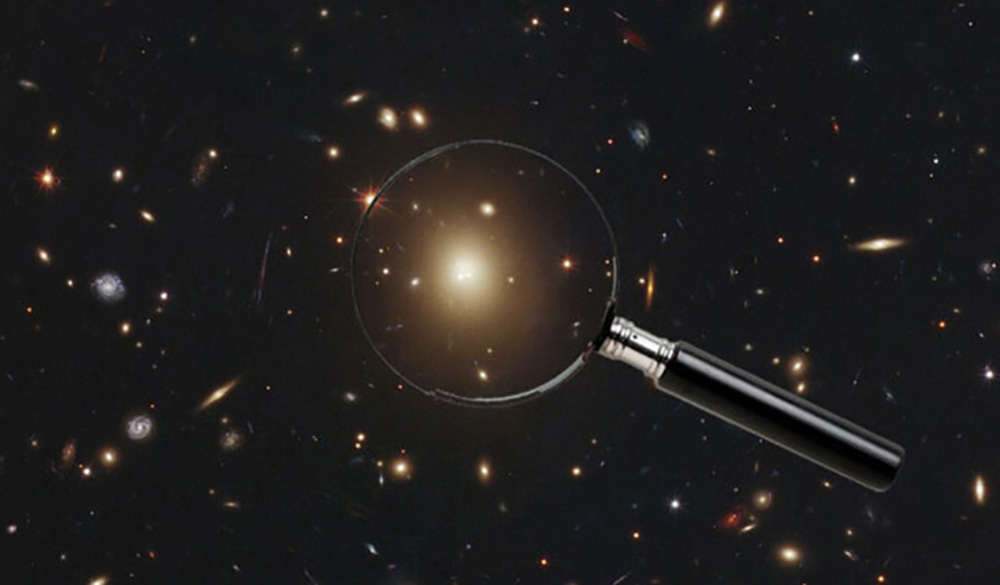Astronomers have spotted a galaxy cluster in the distance, hoping to have a supermassive black hole 3 billion to 100 billion times the mass of the Sun at its center. However, upon closer inspection, it was not possible to trace the existence of the supermassive black hole.
The black hole’s existence was first estimated between 1999 and 2004, when it was estimated to be within the galaxy Abell 2261, about 2.7 billion light-years from Earth, NASA said in a statement.
But astronomers at the University of West Virginia are now using the NASA Chandra X-ray Observatory and the Hubble Space Telescope to detect the black hole.
In the center of almost all massive galaxies, there are supermassive black holes. The larger the mass of the galaxy, the larger the mass. In fact, the black hole that should be at the center of this galaxy is a record-breaking black hole.
As mentioned earlier, the massive black hole at the center of our Milky Way galaxy is only about 4 million times the mass of the Sun. (1,000 million is 1 billion.)
But this black hole is missing. To explain this, scientists have come up with various solutions.
The first is that the process is called “recoiling black hole” when two large galaxies merge into a larger mass of galaxies.
Another point is that each black hole in the two galaxies merges into a larger black hole, forming a large core in the center of the resulting mega-galaxy. Scientists still find it difficult to directly detect such a phenomenon and are preparing to study the integration of smaller black holes.
According to a report in the Journal of the American Astronomical Society, a team of researchers led by Sarah Burke-Spolaor of the University of West Virginia has submitted two other solutions. There is no black hole at all, or the black hole does not emit enough X-rays to be detected by the Chandra Observatory.
Scientists hope that NASA’s James Webb space telescope , which will be launched next year, will be able to study in more detail.











